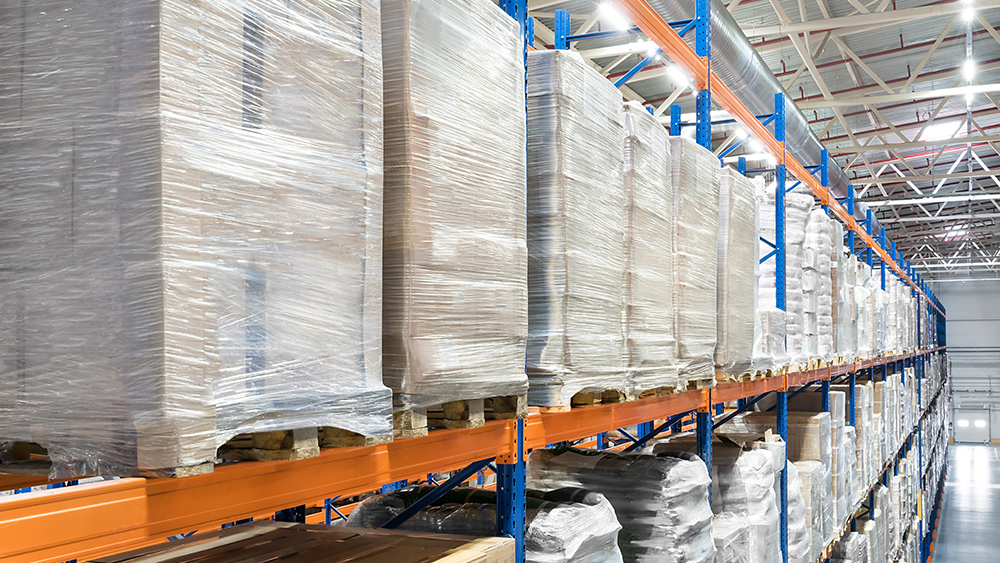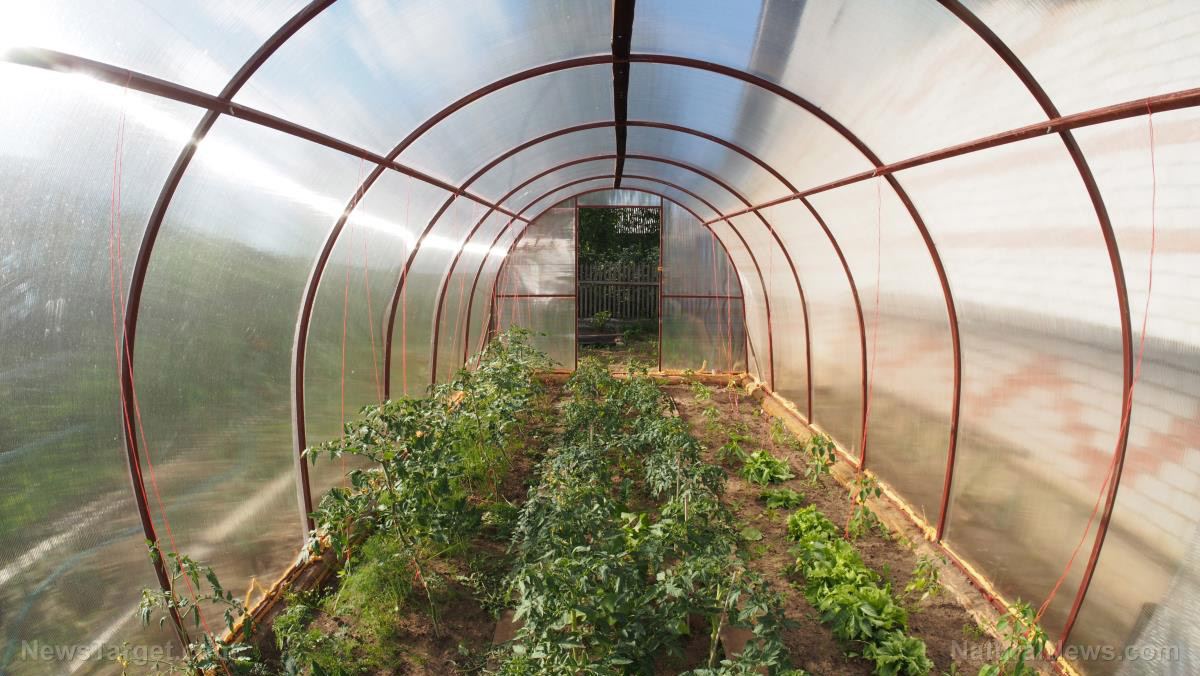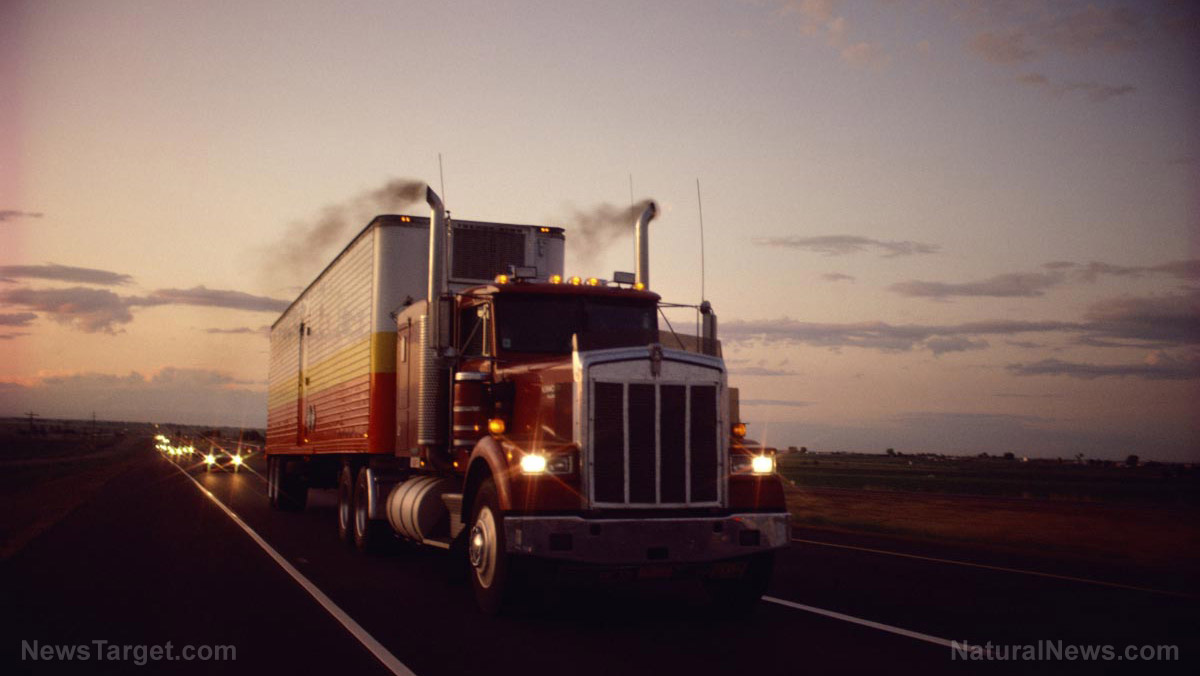
Warehouses linked to health hazards
Even without taking warehouses into account, many low-income communities of color in the I.E. already suffer from extremely high rates of toxic emissions and some of the worst traffic problems in the United States. So the emergence of warehouses from massive corporations only compounds existing environmental problems. That said, the rapid expansion of Amazon warehouses in the area is a major cause for concern. According to the report, the online retailer made record profits in the last decade. Those profits came largely at the cost of residents in the I.E., many of whom have seen large fulfillment centers built right next to their backyards. Andrea Vidaurre, a PCEJ policy analyst who lives in the I.E., said she was used to seeing new warehouses appear near schools. She said she also grew up alongside kids who were sometimes forced to leave school because of asthma attacks, which were triggered and exacerbated by poor air quality. Nonetheless, she said she was shocked to learn how frequently the warehouses were located so close to schools. "I didn't realize there were so many. It almost feels endemic." Interestingly, the report found a huge disconnect between warehouse locations and online sales. In other words, people who order the least online experience more pollution and are subject to the health hazards brought by the warehouses simply by living near or right next to those facilities. Furthermore, the report showed that the top 10 communities with the most warehouses also experienced pollution from other facilities, such as gas plants and oil refineries. There are several other sources contributing to severe air pollution in the I.E., such as rail yards and air traffic. But this new report suggests that the recent warehouse boom and related truck emissions are a big factor as well. And although the expansion of warehouses in the I.E. has brought thousands of jobs to the area, experts point out that the jobs are sometimes hazardous or exploitative and that the environmental consequences of the expansion outweigh its meager benefits. (Related: Amazon warehouse workers attempt to commit suicide on the job due to atrocious “slave-like” work conditions.) Put simply, Amazon is tripling its profits at the cost of people living nearby, said Ivette Torres, a researcher and analyst with the PC4EJ who contributed to the report. Torres and her colleagues hope that their report will serve as an advocacy tool to raise awareness about warehouse expansion in Southern California and its impacts on the region's air pollution problems. The report may also help bolster the need to pass the Warehouse Indirect Source Rule as soon as possible. This rule would require both new and existing warehouses to reduce their emissions every year. Follow Environ.news for more articles about Amazon's impact on the environment. Sources include: EcoWatch.com EarthJustice.org TheGuardian.comJust 20 companies produce more than half the world’s plastic waste
By Divina Ramirez // Share
Australia gripped by rat plague of biblical proportions
By Virgilio Marin // Share
See-through solar cells can generate power while helping plants grow
By Divina Ramirez // Share
Forest area the size of France has regrown worldwide since 2000, new study reveals
By Divina Ramirez // Share
The U.S. is not ready for an all-electric future
By News Editors // Share
Newborns could be handed digital IDs in major expansion of U.K. government scheme
By lauraharris // Share
Cannabis-linked vomiting syndrome skyrockets among young adults, study warns
By patricklewis // Share
A nation’s breaking point: Massive fraud case embodies epidemic of distrust
By willowt // Share
UK implements junk food ad ban while food industry finds ways around new rules
By isabelle // Share
"Absolute Healing" on BrightU: How the spike protein was designed to infiltrate your DNA
By jacobthomas // Share











